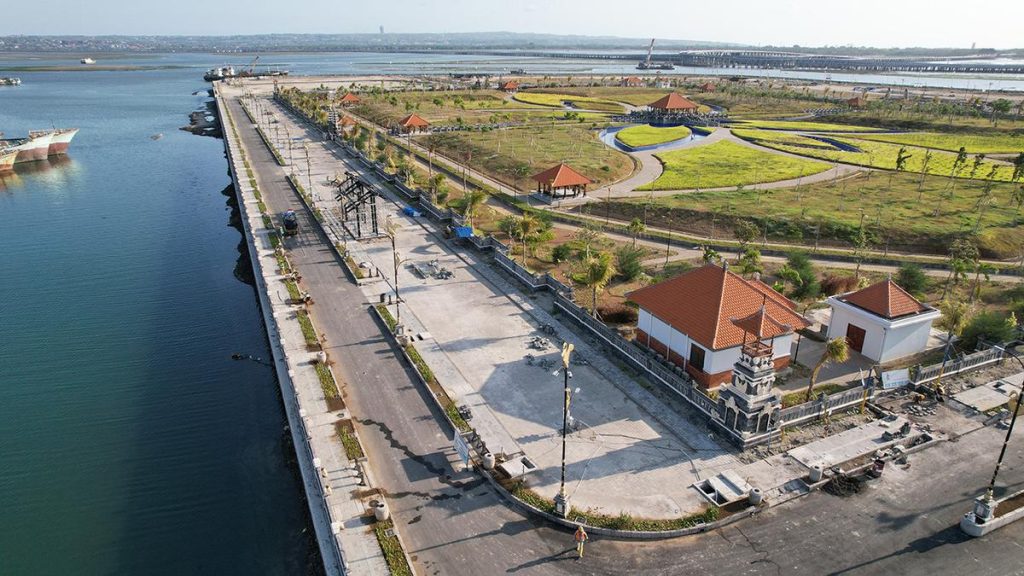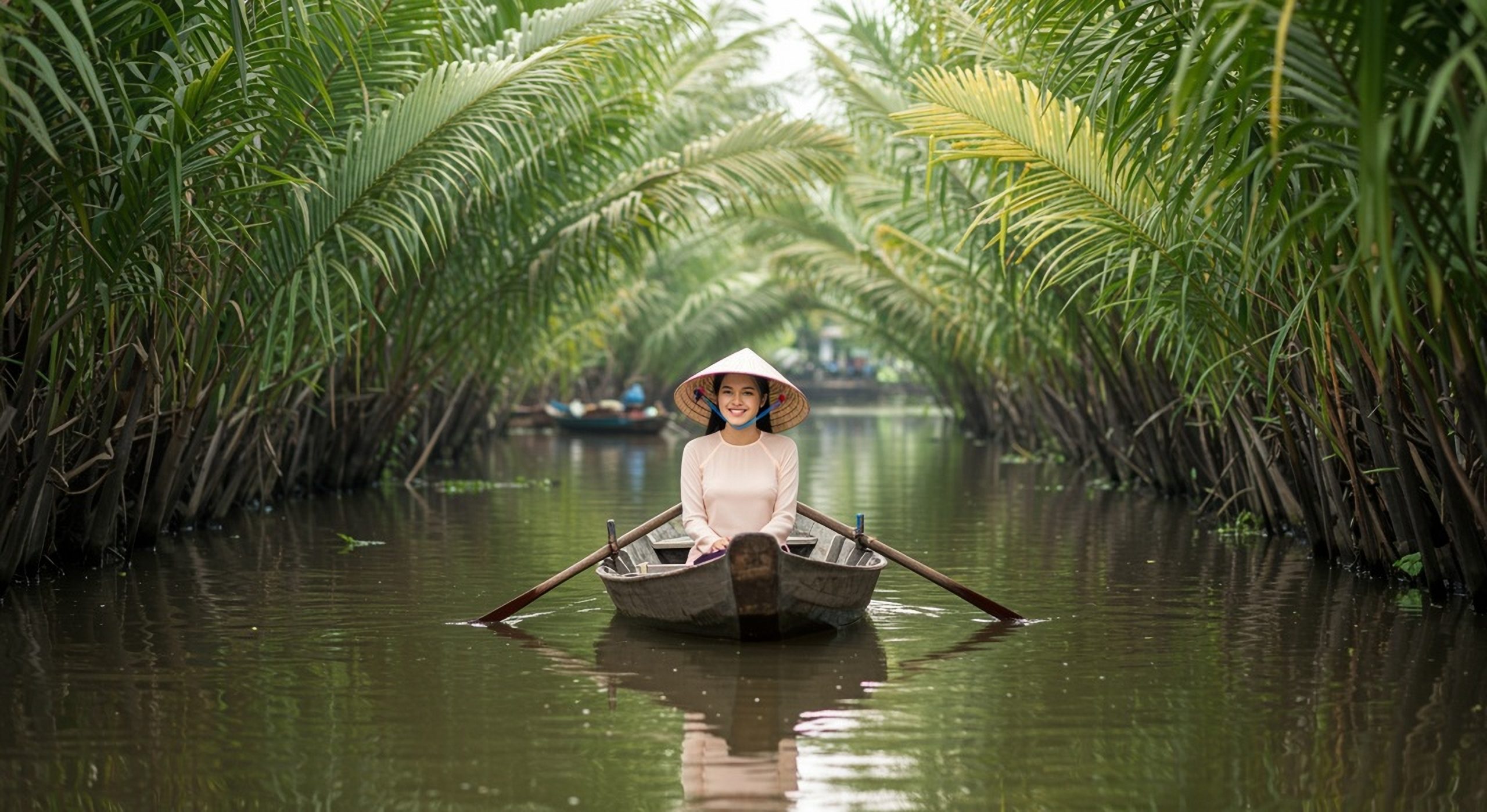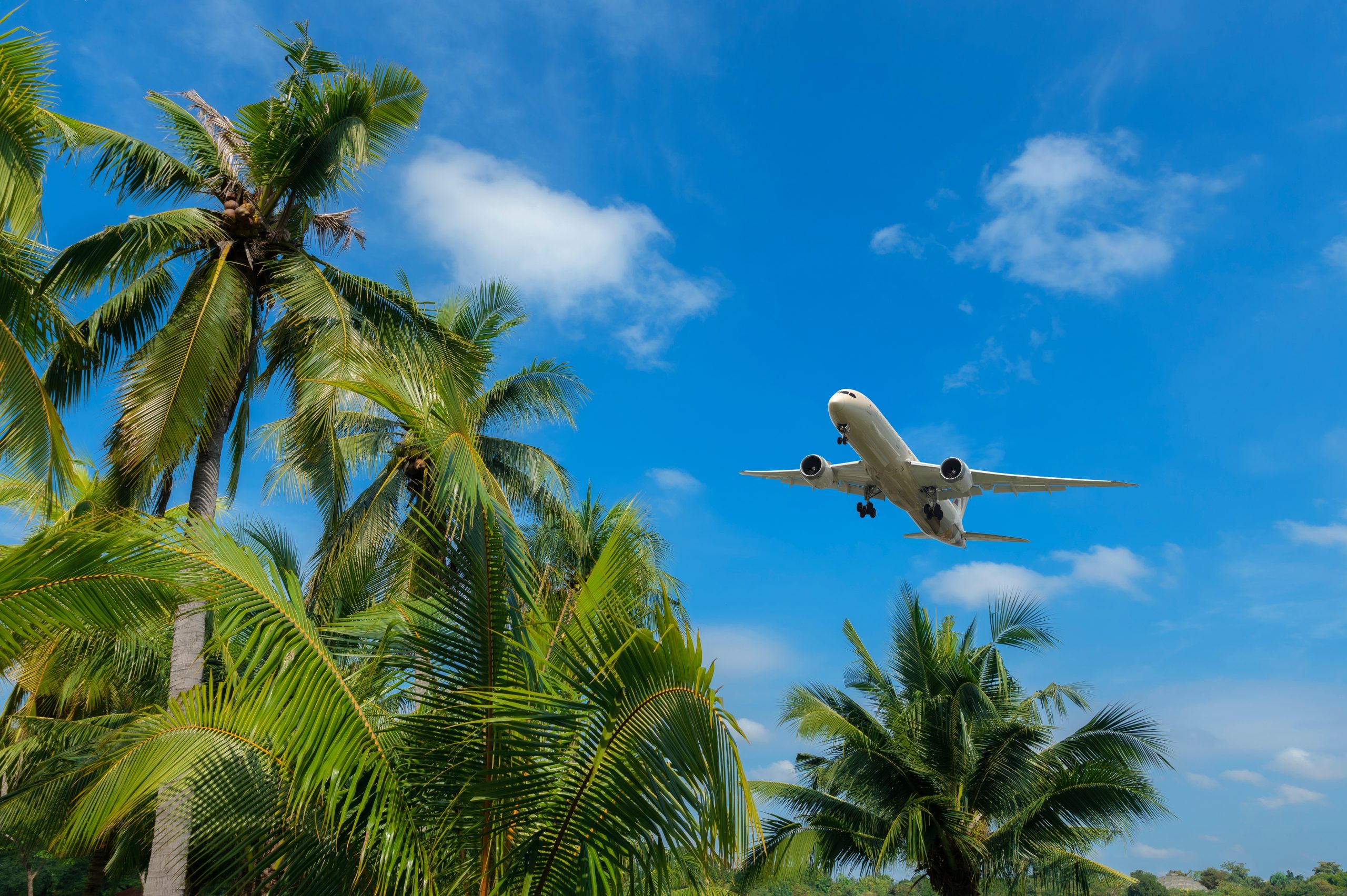
Bali has long been renowned for its beaches, temples and cultural traditions, but the island is now setting its sights firmly on the sea. At the centre of this transformation is the Bali Maritime Tourism Hub, a major new development designed to establish the island as one of Southeast Asia’s leading cruise and yacht destinations.
Located at Benoa Harbour, the facility will be able to accommodate three large cruise ships at once, as well as provide berthing space for up to 275 luxury yachts. Covering more than 57,000 square metres, the hub is a port of call and a fully integrated visitor attraction, with restaurants, shops and leisure areas in development to cater to international travellers.
The arrival of cruise ships is already accelerating. Between January and July 2025, Benoa Harbour welcomed 38 ships carrying over 50,000 international passengers, a steep rise compared to the total 59 vessels and 103,000 passengers recorded throughout 2024. This momentum underlines the growing interest in Bali as a maritime destination, and the potential for longer stays and higher visitor spending as cruise passengers and yacht owners explore the island beyond its famous beaches.
For the Indonesian government and the Ministry of Tourism and Creative Economy, this development is part of a broader strategy to diversify Bali’s appeal and strengthen the country’s global standing in cruise tourism. Deputy Minister of Tourism Ni Made Puspa Yogantara recently stated: “The maritime tourism sector is expected to contribute significantly, one of which is through Benoa Port in Bali.” Authorities believe the hub can support not only foreign arrivals but also encourage domestic tourism, with local visitors attracted to yacht charters, islandhopping excursions and a wider range of coastal activities.
These investments in infrastructure are being complemented by commitments to sustainable development. Plans include environmentally sensitive port design, the introduction of marine waste management systems, and close cooperation with local communities to ensure that growth benefits Balinese businesses and protects coastal ecosystems. Tour operators and hospitality providers are already preparing packages that link cruise itineraries with cultural excursions, nature tours and wellness retreats, allowing visitors to experience a deeper and more authentic side of the island.
For B2B partners, the opportunities are wide-ranging. Cruise lines can expand their Southeast Asia itineraries with Bali as a marquee stop. Yacht service providers and charter companies have a chance to capture highvalue travellers with premium offerings. Hotels, restaurants and cultural attractions can develop partnerships with operators to ensure passengers are encouraged to extend their stay or return for a longer holiday.
As Bali’s maritime tourism sector gains pace, the island is positioning itself as more than just a land-based retreat. It is becoming a gateway for adventure, luxury and cultural exploration across Indonesia’s seas, creating new possibilities for the travel trade and promising sustainable benefits for the destination as a whole.




